Search results for 'de 18'
-
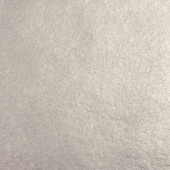
Cornelissen 80 White Gold Leaf 12 ct
Starting at: £43.30
-
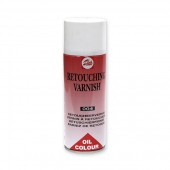
Talens Retouching Varnish Aerosol
Starting at: £19.95
-
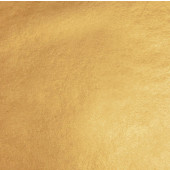
Cornelissen 80 Pure Gold Leaf 24 ct
Starting at: £73.50
-
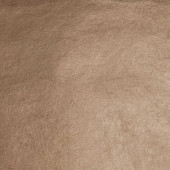
Cornelissen 80 Renaissance Gold 22.5 ct
Starting at: £63.20
-

da Vinci Series 7106 Long Handle Hog Bright
Starting at: £21.10
-
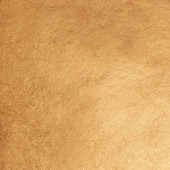
Cornelissen 80 Red Gold Leaf 23 ct
Starting at: £63.80
-
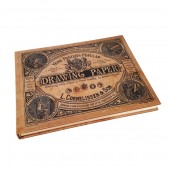
Hardback Book of Drawing Paper
£25.00 -
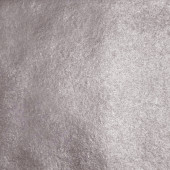
Cornelissen 80 Palladium Leaf
Starting at: £75.40
-
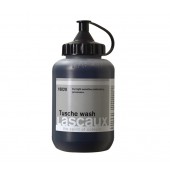
Lascaux Tusche Wash 500ml
£42.90 -
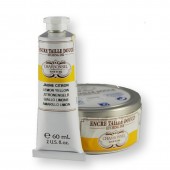
Charbonnel Yellows
Starting at: £16.25
-
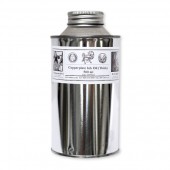
Roberson Copperplate Reducing Oil
Starting at: £24.00
-
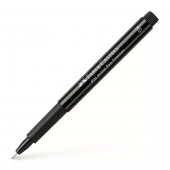
Faber-Castell Pitt Artist Pen Fineliner
Starting at: £3.65
-
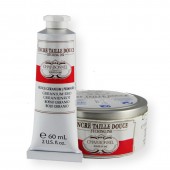
Charbonnel Reds
Starting at: £18.60
-
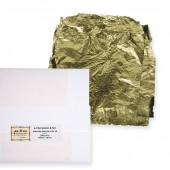
Cornelissen Imitation Gold No 2.5 Bulk Packs
Starting at: £16.00
-
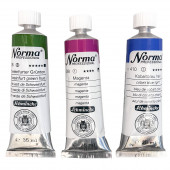
Schmincke Norma Professional 35ml
Starting at: £8.15
-
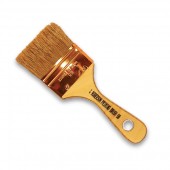
Roberson Priming Brush
Starting at: £8.90
-
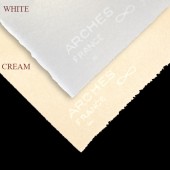
Velin Arches Printmaking Paper
Starting at: £7.15
-
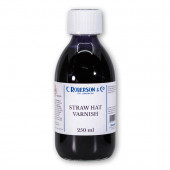
Roberson Straw Hat Varnish
Starting at: £37.50
-
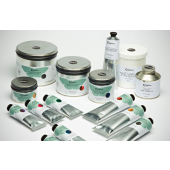
Caligo Safe Wash Relief Inks
Starting at: £7.80
-
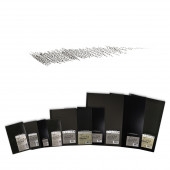
Daler Rowney Ivory Artist's Sketchbooks
Starting at: £13.25
-
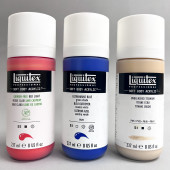
Liquitex Soft Body 237 ml
Starting at: £25.50
-
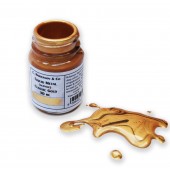
Roberson Liquid Metal Acrylic Inks
Starting at: £6.70
-
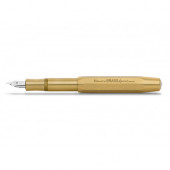
Kaweco Brass Sport Fountain Pen
Starting at: £80.00
-
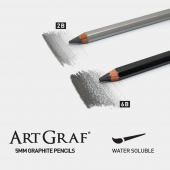
ArtGraf Water Soluble Pencil
Starting at: £1.30
-
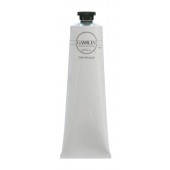
Gamblin Tack Reducer 150ml
£11.50
-
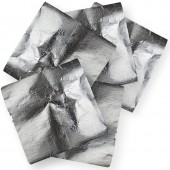
Cornelissen Aluminium Leaf Bulk Packs
Starting at: £16.00
-
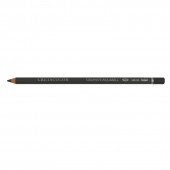
Cretacolour Water Soluble Pencil
Starting at: £1.95
-
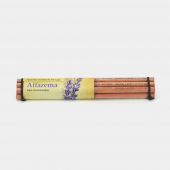
Viarco Scented Pencils
Starting at: £11.60
-
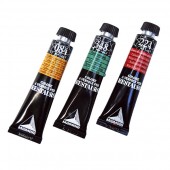
Maimeri Restoration Colours
Starting at: £17.50
-
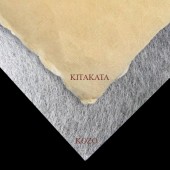
Japanese Printmaking Paper
Starting at: £5.20
Call to Order





